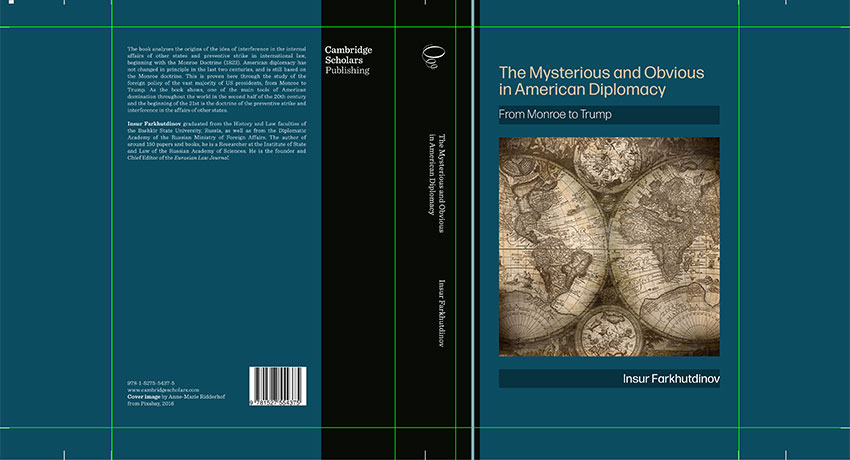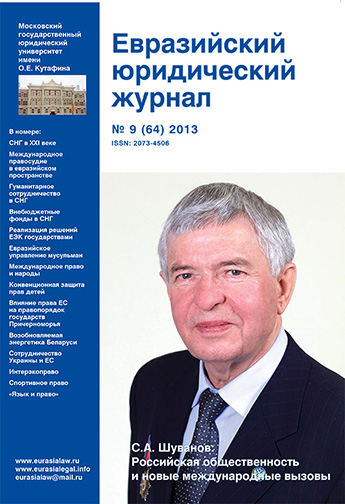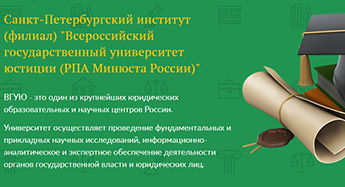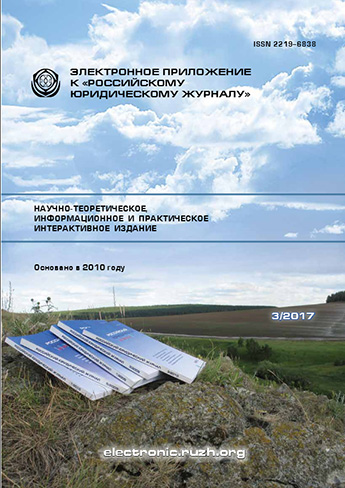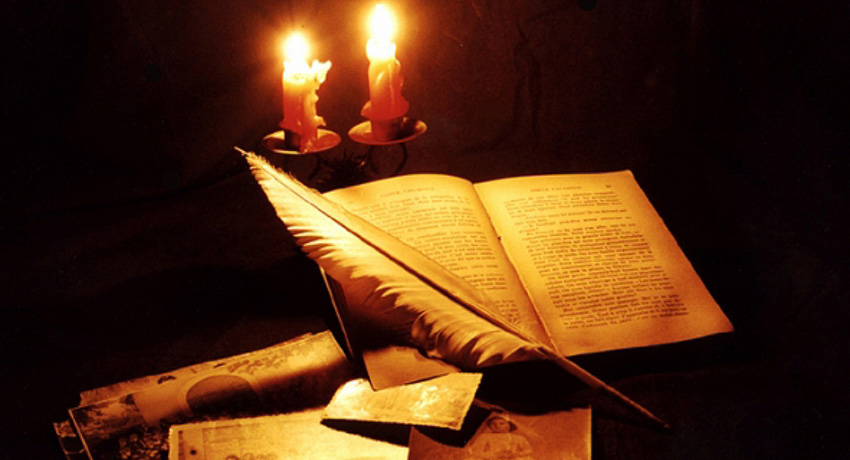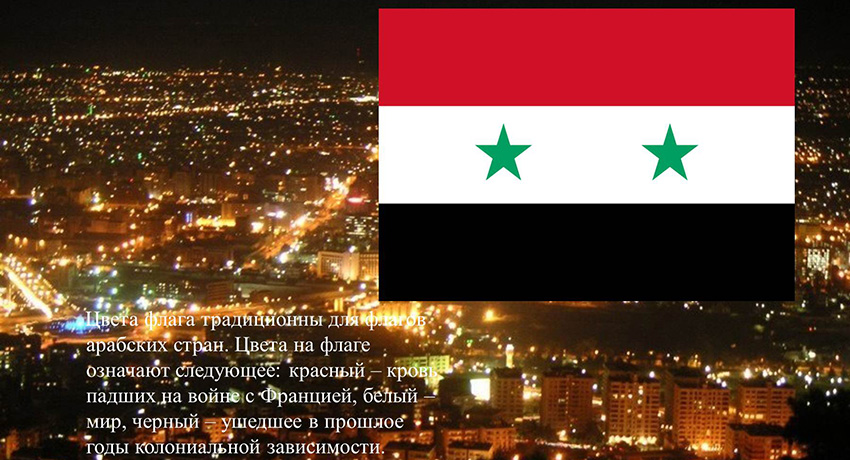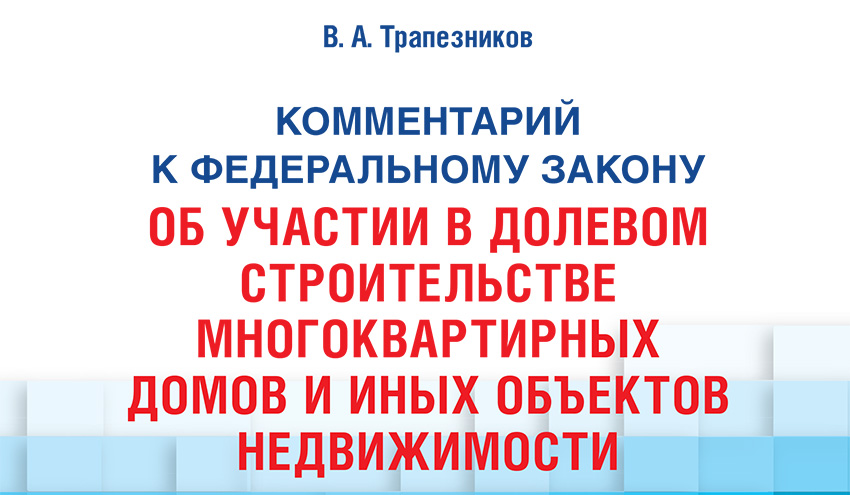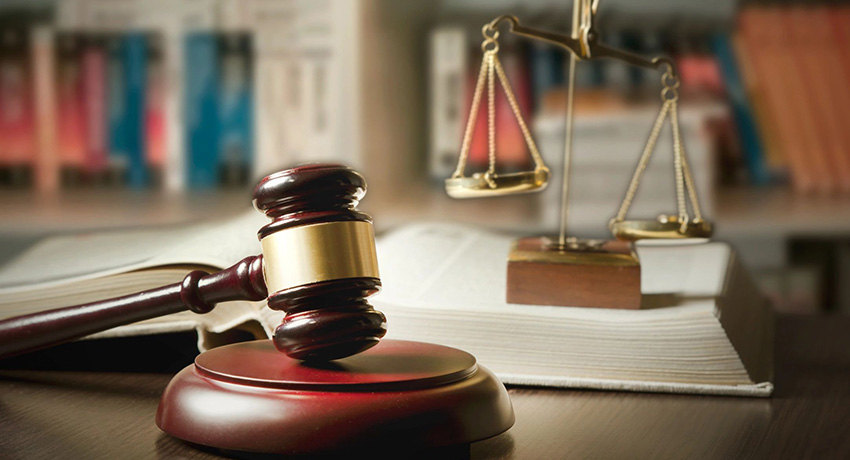The Mysterious and Obvious in American Diplomacy: From Monroe to Trump.
By Insur Farkhutdinov.
This book first published 2020 Cambridge Scholars Publishing Lady Stephenson Library, Newcastle upon Tyne, NE6 2PA, UK British Library Cataloguing in Publication Data
A catalogue record for this book is available from the British Library Copyright © 2020 by Insur Farkhutdinov
All rights for this book reserved. No part of this book may be reproduced, stored in a retrieval system, or transmitted, in any form or by any means, electronic, mechanical, photocopying, recording or otherwise, without the prior permission of the copyright owner.
ISBN (10): 1-5275-5437-6
ISBN (13): 978-1-5275-5437-5
To my Mother and all the Mothers of the World, who survived the nightmare and hard times of World War II, as well as subsequent local wars, in the name of their countries and peoples.
Conclusion .............................................................................................. 501
Bibliography ........................................................................................... 509
INTRODUCTION
“In the beginning was the word”, the Bible says. These words were also said by the fifth President of the United States, John Quincy Adams, in his 1823 Address to the Nation and they fell on the fertile ground prepared by George Washington, Thomas Jefferson, and John Adams Sr., whose son John Quincy Adams became a pivotal player in establishing the Monroe principles.
“She goes not abroad, in search of monsters to destroy”: this aphorism by John Quincy Adams became the departure point for an entire strain of thought on American foreign policy. Adams’ ideological opponents, such as Henry Clay, argued that the US, by distancing itself from revolutionary movements, missed an opportunity to move the world’s political balance of forces in a progressive direction at a relatively low cost. Even today, it is interesting to follow the history of the dispute between John Quincy Adams and Henry Clay over the South American Revolutions. In contrast to Adams, Clay was a fierce supporter of the Latin American liberation movement and urged the US “to countenance, by all means short of actual war” the great cause of South American independence. This was largely because Americans’ support of their southern brethren “would give additional tone, and hope, and confidence to the friends of Liberty throughout the world” at a time of great crisis for the “rights of mankind.”
1 John Quincy Adams explained that he intended to first and foremost argue against European-style colonialism.
For most of American history, an isolationist tendency prevailed in its foreign policy. In its early years, it was a reflection of the American national interest in fortifying the new nation’s independence. With the European continent torn apart by the great powers’ (France, Great Britain, Austria, Germany and Russia, to name a few) rivalry, the American nation could develop at its own pace, without any major external threat.
1 John Quincy Adams, An Address Delivered at the Request of a Commission of Citizens of Washington; on the Occasion of Reading the Declaration of Independence, on the Fourth of July, 1821 (Washington, DC: Davis and Force, 1821), 29.
In short, the Monroe Doctrine, which was created almost two centuries ago, politically isolated American states from the influence of the great European powers. It called for an American hemispheric alliance against the ‘Holy Alliance’ of European monarchies. Quincy Adams’ address clearly warned America against going abroad in search of monstrous regimes to destroy, but this did not at all mean that monsters should be given an entirely free hand or that America should stay totally passive.
My acquaintance with America began in early childhood when I read The Adventures of Tom Sawyer and Huckleberry Finn, which was followed by Fenimore Cooper’s stories about dominant American Indians. Years later, I was walking the streets of big cities and small towns of America with great interest. I also spent time visiting country farms and noting some of the features and colors from previous times. Then, I began to learn the real American history, which was full of heroism and drama. I am ashamed to say that, back then, I was more aware of Marilyn Monroe’s life than that of America’s fifth president, James Monroe. A few years ago, while staying in a small historical town in the Russian Urals, after a trip to India, I became enlightened. “From Monroe to Trump,” I uttered. I could not help thinking about it. By that time, I had published many scholarly articles on American diplomacy, and my research pushed me toward the early history of the country. In my previous book, which was published in Moscow as The American
Doctrine of Preventive Strikes from Monroe to Trump, I exposed my understanding of the apparent and hidden aspects of American diplomacy, which began with George Washington’s 1796 “Farewell Address” and ended with the 45th US President, Donald Trump. This adventurous journey led me to the complicated history of the formation and development of US foreign policy. This was full of successes and failures, as well as the sometimes proud, and sometimes unpleasant, episodes of interference in other countries’ affairs. The unreasonable politics of the leading countries during the Cold War had almost brought the world to the edge of a third World War.
Do Americans want such a war? Do Russians want it? No, they do not and nor does any other nation on Earth. Finally, I am pleased to proceed to the most important part, which involves saying a few words about my colleagues and friends. The book was written in complicated circumstances. It is impossible to express the extent The Mysterious and Obvious in American Diplomacy: From Monroe to Trump of my gratitude to all my friends and colleagues. I would first like to mention Stanislav Shuvanov and Galina Samokhvalova, who, as children, survived a Stalingrad that had been torn apart by Hitler’s troops, and who were also the first exacting readers of my Russian-language articles and my book. Stanislav Shuvanov, a veteran of Russian Diplomacy Service and Professor of the Russian Academy of Geopolitical Problems, supported my research by sharing his deep thoughts on the destiny of the Latin American countries, even though there were some political disagreements between
- I would also like to mention my dear, long-term friend Rashid Batkhiev, who earned his PhD in Criminal Law at Moscow State University in the 1970s, and who is also an honorably retired Judge of the Russian Federation, who never left me in the most difficult periods of my life.
Professor Dmitriy Nechevin was born in wartime and taken out of Leningrad by the Red Army, as the Nazis had blocked the city; this made him a son of the regiment. He survived the Nazis at the front. He believes in justice and the idea that peace will eventually triumph in the world. His kind advice and fundamental knowledge of international relations, especially on the League of Nations, still fascinate me.
I would also like to thank Doctor Andrei Ragulnin and his wife, Professor Indira, as well as my loyal friends from Bashkiria, which is where we were all born. Andrei, a friend of mine, and I set up the monthly Eurasian Law Journal, which is now in its eleventh year. I am also grateful to an MGIMO Masters of Law student, Tiran Parsamyan, for his practical advice during my work on this book. My friend Professor Sergei Burianov, who reviewed my previous book, also shared his knowledge with me. Without Oleg Rzhevskiy, some of the pages of this book would be missing. This book would not be finished on time without the intellectual support of my nephew, Linar Farkhutdinov, who has a PhD in Philosophy and who has been loyal to the revolutionary ideas of Che Guevara since childhood. Guevara fought for the liberation of the Latin American peoples, which is also one of the topics of my book. My beloved granddaughters Arina, Maria, Sofia, and grandson, Ruslan, who is purposeful, like the young “Virginian Trio” (Monroe, Adams, and Clay), in his dream of becoming the new Ronaldo in football, all patiently waited, together with their parents––my best daughter Oksana and her husband Ruslan–– for their grandfather to finally finish his book. And my younger son Rivaz is no exception, as he provided the inspiration for this book when we stayed in India.
Finally, this book has been written for the honorable press, Cambridge Scholars Publishing. I only ask the respected reader to think kindly on some of controversial thoughts they might find in this book, because they do not make up its essence.
The Mysterious and Obvious in American Diplomacy: From Monroe to Trump
By Insur Farkhutdinov
The Mysterious and Obvious in American Diplomacy: From Monroe to Trump
By Insur Farkhutdinov
This book first published 2020 Cambridge Scholars Publishing Lady Stephenson Library, Newcastle upon Tyne, NE6 2PA, UK British Library Cataloguing in Publication Data A catalogue record for this book is available from the British Library
Copyright © 2020 by Insur Farkhutdinov
All rights for this book reserved. No part of this book may be reproduced, stored in a retrieval system, or transmitted, in any form or by any means, electronic, mechanical, photocopying, recording or otherwise, without the prior permission of the copyright owner.
ISBN (10): 1-5275-5437-6
ISBN (13): 978-1-5275-5437-5
To my Mother and all the Mothers of the World, who survived the nightmare and hard times of World War II, as well as subsequent local wars, in the name of their countries and peoples.
CONTENTS
Introduction ................................................................................................ 1
Part I. The Monroe Doctrine as the Cornerstone of Pax Americana
Chapter One ................................................................................................ 6
The Monroe Doctrine and the Doctrine of Preventive Military Strikes:Methodological Rationale
1.1. Ecumene: Hemispheric imaginings in international law
1.2. The Monroe Doctrine: from Pax Britannica to Pax Americana
1.3. Methodology and the basic concepts in the field
1.4. Who created the Monroe Doctrine?
Chapter Two ............................................................................................. 36
Trump’s Preemptive Strike: A New World War for a New Century?
2.1. International law and a new international order
2.2. International security in contemporary international law
2.3. Self–defense as an instrument for Pax Americana
Chapter Three ........................................................................................... 56
The Monroe Doctrine as the Cornerstone of Pax Americana
3.1. The Monroe Doctrine: a two-century cornerstone of US foreign policy
3.2. The Monroe Doctrine of 1823 as a precedent for the international legal principle of a Large Space: history and modernity
3.3. The role of the president's message in the evolution of US diplomacy
3.4. The Monroe Principles as the first official US foreign policy concepts
Contents
viii
Part II. The Origins and Development of the Monroe Doctrine
Chapter Four ............................................................................................. 72
The Monroe Doctrine’s Isolationism and the Development of George Washington’s 1796 Farewell Address
4.1. The conflict of interest between the Old and New World: the gnoseological roots of the Monroe Doctrine
4.2. The US’s Proclamation of Neutrality (April 22, 1793)
4.3. Washington’s Farewell Address to the Nation (September 19, 1796)
4.4. The “First Context” of the Monroe Principles in the first quarter of the 19th century
Chapter Five ............................................................................................. 87
James Monroe and Simon Bolivar: Confrontation in Latin America
5.1. Bolivar and Monroe: different views on the fate of Latin America
5.2. Was there a threat of invasion from the Holy Alliance in Latin America?
5.3. How the Monroe Doctrine was created
Chapter Six ............................................................................................. 110
The Formation of the Monroe Principles
6.1. America for the Americans
6.2. The principle of non-colonization
6.3. The division of the world into European and American systems
6.4. The combined policy system
6.5. The role of the Monroe Doctrine in the genesis of the American system
Chapter Seven ......................................................................................... 125
Expulsion of Russia from Russian America and the Monroe Doctrine
7.1. The principle of non-colonization of the Monroe Doctrine against Russia
7.2. The 1821 Bering decree by Alexander I
7.3. The Russian-American Convention on the Determination of the Limits of Possessions in North America
7.4. Why was Russian America sold?
The Mysterious and Obvious in American Diplomacy: From Monroe to Trump
ix
Chapter Eight ......................................................................................... 139
The Monroe Doctrine as an Ideology of Conquering the Large Space in the Americas
8.1. What were the consequences of the Monroe Principles?
8.2. The Congress of Panama of 1826: the Liberator’s last dream
8.3. The formation of Monroeism through the Monroe Principles
8.4. President James Polk: The Monroe Principles 20 years on
8.5. Pan-Americanism and Monroeism
Part III. Monroe Doctrine: From a Defense of Sovereignty to the Justification of Imperialism
Chapter Nine ........................................................................................... 160
The Transformation of the Monroe Doctrine (1895–1945)
9.1. Olney's doctrine and the American Large Space
9.2. The Platt Amendment: the first apogee of the Monroe Doctrine
9.3. Theodore Roosevelt’s corollary for the Monroe Doctrine
9.4. Woodrow Wilson's Doctrine as an unsuccessful attempt at the international legal consolidation of the Monroe Doctrine
9.5. Franklin Roosevelt's Doctrine: the New Deal and the policy of isolationism
Chapter Ten ............................................................................................ 187
Pan-American Redefinitions of the Monroe Doctrine and American International Law
10.1. The Pan-Americanization of the Monroe Doctrine
10.2. The Latin American perspective: the Calvo and Drago Doctrines Chapter Eleven ....................................................................................... 200
The Monroe Doctrine and American Isolationism in the First Half of the 20th Century
11.1. Isolationists and interventionists: different readings of the Monroe Doctrine
11.2. American isolationism and the creation of the Versailles-Washington system
11.3. Memorandum on the Monroe Doctrine by the US Senate (1930)
11.4. Franklin D. Roosevelt's Doctrine: the Good Neighbor policy as a return to the original meaning of the Monroe Doctrine
11.5. US Open Doors Policy: the opposite of the Monroe Doctrine
Chapter Twelve ...................................................................................... 224
The Universalization of the Monroe Doctrine in the First Half of the 20th
Century
12.1. The historical necessity of Monroe Doctrine’s universalization
12.2. The universalization of the Monroe Doctrine in Latin America (the Lansing Memorandum and the Lima Declaration)
12.3. The Japanese Monroe Doctrine (“Asia Monroeshugi”)
12.4. The British “Monroe Doctrine”
12.5. The Kellogg-Briand Pact (Paris Treaty) of 1928 on the Monroe Doctrine
12.6. Large Space and the Reich in the context of the Monroe Doctrine
Part IV. The Evolution of the Monroe Doctrine: The Contemporary Stage
Chapter Thirteen ..................................................................................... 244
The Further Evolution of the Monroe Doctrine in the Second Half of the 20th Century
13.1. The Truman Doctrine: the first nuclear strike
13.2. The Eisenhower Doctrine: the preventive use of nuclear weapons
13.3. The Kennedy Doctrine: a flexible response
13.4. The Johnson Doctrine: the first preventive war in Vietnam
13.5. Nixon: the Guam Doctrine and the concept of sufficiency
13.6. Ford: the casual president without a doctrine
13.7. The Carter Doctrine: massive retribution
13.8. The Reagan Doctrine: a preventive nuclear strike
13.9. George Bush Sr.’s Doctrine: the new world order
13.10. The Clinton Doctrine: preventive intervention Chapter Fourteen .................................................................................... 293
The Bush Doctrine: Opposing Emerging Threats before they are Fully Formed
14.1. The New American Century on a preventive military strike
14.2. Why did the events of September 11, 2001, change the course of history?
14.3. The ideology of the Bush Doctrine in the anticipatory military strikes
14.4. Preventive strikes against rogue states
14.5. The destruction of Iraq on the edge of Bush’s strategy implementation
14.6. Brzhezinsky as an active critic of Bush's preemptive strike
14.7. The Obama Doctrine: from direct military domination to a more skillful manipulation of the world
The Mysterious and Obvious in American Diplomacy: From Monroe to Trump
Part V. The Monroe Doctrine’s Effect on International Law
Chapter Fifteen ....................................................................................... 314
The Practical Formation of the Preventive Military Intervention Doctrine
15.1. James Monroe as the pioneer of the American preventive military strike
15.2. Caroline: the precedent for the first military attack against the US
15.3. Who was preparing a preventive strike? Was it just Hitler, or was it also Stalin?
15.4. Pearl Harbor, 1941: a preventive attack on Japan?
15.5. A preventive military attack on Egypt in 1967
15.6. Osirak: Israel’s preemptive attack on Baghdad
15.7. A preventive attack by the US on Nicaragua
15.8. The US’s preventive attack on oil platforms (Islamic Republic of Iran vs. the United States of America, 2003)
15.9. The preemptive strike on Afghanistan and the international legal interpretations of September 11, 2001
15.10. Constructing a wall in occupied Palestinian territory for preventive self-defense Chapter Sixteen ...................................................................................... 355
The Use of Force in the Face of Global Threats to International Security in International Law
16.1. Preventive self-defense in the Charter Era (since 1945)
16.2. The use of force in the face of global threats to international security Chapter Seventeen .................................................................................. 373
The US Doctrine of Preventive Military Strikes and International Law
17.1. Contemporary American concepts on the role of international law
17.2. The US doctrine of state sovereignty
Part VI. The Old and New World Nowadays: Global Security Problems
Chapter Eighteen .................................................................................... 384
The Israeli Military Doctrine as the Source for the US Doctrine of Preventive Military Strikes
18.1. The Israeli Military Doctrine in retrospect
18.2. The application prospects of the Israeli preventive nuclear strike and international law
18.3. The avoidance or threat of as a principle of international law Contents
Chapter Nineteen .................................................................................... 396
The Iranian Doctrine on Preventive Self-Defense and International Law
19.1. The role of Iran in Donald Trump’s Middle Eastern politics
19.2. Preventive self-defense: The Iran-Israel nuclear confrontation and international law
19.3. The American scenario of a preemptive strike against Iran Chapter Twenty ...................................................................................... 411
International Law on the Use of Military Force by the State against Non-State Actors
20.1. The status of non-state actors in international law
20.2. Preventive self-defense against non-state actors
20.3. The international legal responsibility of the state regarding the location of terrorist organizations
20.4. Preventive self-defense against terrorist groups: what is beyond reason?
Chapter Twenty-One .............................................................................. 432
Trump’s Return to the Origins of the Monroe Principles (“America for the Americans; Europe for the Europeans”)
21.1. The 21st century old “new” conflicts of interests between the Old and New World in the context of the Monroe Doctrine
21.2. The first new watershed between Europe and America: the 2003 Iraq invasion
21.3. Trump's new world war based on trade
21.4. The European Security Strategy 2016
21.5. Does the EU need its own continental army? Chapter Twenty-Two .............................................................................. 471
The Monroe Doctrine and its Legacy in American Foreign Policy
22.1. Trump's foreign policy: the rights of the Empire or the end of the Empire?
22.2. Dollar diplomacy from William Tuft to Donald Trump
22.3. International law on the US’s return to the law of war
22.4. Has the Monroe Doctrine died?
***********************************************
INTRODUCTION
“In the beginning was the word”, the Bible says. These words were also said by the fifth President of the United States, John Quincy Adams, in his 1823 Address to the Nation and they fell on the fertile ground prepared by George Washington, Thomas Jefferson, and John Adams Sr., whose son John Quincy Adams became a pivotal player in establishing the Monroe principles.
“She goes not abroad, in search of monsters to destroy”: this aphorism by John Quincy Adams became the departure point for an entire strain of thought on American foreign policy. Adams’ ideological opponents, such as Henry Clay, argued that the US, by distancing itself from revolutionary movements, missed an opportunity to move the world’s political balance of forces in a progressive direction at a relatively low cost. Even today, it is interesting to follow the history of the dispute between John Quincy Adams and Henry Clay over the South American Revolutions. In contrast to Adams, Clay was a fierce supporter of the Latin American liberation movement and urged the US “to countenance, by all means short of actual war” the great cause of South American independence. This was largely because Americans’ support of their southern brethren “would give additional tone, and hope, and confidence to the friends of Liberty throughout the world” at a time of great crisis for the “rights of mankind.”1 John Quincy Adams explained that he intended to first and foremost argue against European-style colonialism.
For most of American history, an isolationist tendency prevailed in its foreign policy. In its early years, it was a reflection of the American national interest in fortifying the new nation’s independence. With the European continent torn apart by the great powers’ (France, Great Britain, Austria, Germany and Russia, to name a few) rivalry, the American nation could develop at its own pace, without any major external threat.[1]
In short, the Monroe Doctrine, which was created almost two centuries ago, politically isolated American states from the influence of the great European powers. It called for an American hemispheric alliance against the ‘Holy Alliance’ of European monarchies. Quincy Adams’ address clearly warned America against going abroad in search of monstrous regimes to destroy, but this did not at all mean that monsters should be given an entirely free hand or that America should stay totally passive.
My acquaintance with America began in early childhood when I read The Adventures of Tom Sawyer and Huckleberry Finn, which was followed by Fenimore Cooper’s stories about dominant American Indians. Years later, I was walking the streets of big cities and small towns of America with great interest. I also spent time visiting country farms and noting some of the features and colors from previous times. Then, I began to learn the real American history, which was full of heroism and drama.
I am ashamed to say that, back then, I was more aware of Marilyn Monroe’s life than that of America’s fifth president, James Monroe.
A few years ago, while staying in a small historical town in the Russian Urals, after a trip to India, I became enlightened. “From Monroe to Trump,” I uttered. I could not help thinking about it. By that time, I had published many scholarly articles on American diplomacy, and my research pushed me toward the early history of the country. In my previous book, which was published in Moscow as The American Doctrine of Preventive Strikes from Monroe to Trump, I exposed my understanding of the apparent and hidden aspects of American diplomacy, which began with George Washington’s 1796 “Farewell Address” and ended with the 45th US President, Donald Trump. This adventurous journey led me to the complicated history of the formation and development of US foreign policy. This was full of successes and failures, as well as the sometimes proud, and sometimes unpleasant, episodes of interference in other countries’ affairs. The unreasonable politics of the leading countries during the Cold War had almost brought the world to the edge of a third World War.
Do Americans want such a war? Do Russians want it? No, they do not and nor does any other nation on Earth.
Finally, I am pleased to proceed to the most important part, which involves saying a few words about my colleagues and friends. The book was written in complicated circumstances. It is impossible to express the extent The Mysterious and Obvious in American Diplomacy: From Monroe to Trump 3 of my gratitude to all my friends and colleagues. I would first like to mention Stanislav Shuvanov and Galina Samokhvalova, who, as children, survived a Stalingrad that had been torn apart by Hitler’s troops, and who were also the first exacting readers of my Russian-language articles and my book. Stanislav Shuvanov, a veteran of Russian Diplomacy Service and Professor of the Russian Academy of Geopolitical Problems, supported my research by sharing his deep thoughts on the destiny of the Latin American countries, even though there were some political disagreements between us. I would also like to mention my dear, long-term friend Rashid Batkhiev, who earned his PhD in Criminal Law at Moscow State University in the 1970s, and who is also an honorably retired Judge of the Russian Federation, who never left me in the most difficult periods of my life.
Professor Dmitriy Nechevin was born in wartime and taken out of Leningrad by the Red Army, as the Nazis had blocked the city; this made him a son of the regiment. He survived the Nazis at the front. He believes in justice and the idea that peace will eventually triumph in the world. His kind advice and fundamental knowledge of international relations, especially on the League of Nations, still fascinate me.
I would also like to thank Doctor Andrei Ragulnin and his wife, Professor Indira, as well as my loyal friends from Bashkiria, which is where we were all born. Andrei, a friend of mine, and I set up the monthly Eurasian Law Journal, which is now in its eleventh year.
I am also grateful to an MGIMO Masters of Law student, Tiran Parsamyan, for his practical advice during my work on this book. My friend Professor Sergei Burianov, who reviewed my previous book, also shared his knowledge with me. Without Oleg Rzhevskiy, some of the pages of this book would be missing.
This book would not be finished on time without the intellectual support of my nephew, Linar Farkhutdinov, who has a PhD in Philosophy and who has been loyal to the revolutionary ideas of Che Guevara since childhood. Guevara fought for the liberation of the Latin American peoples, which is also one of the topics of my book.
My beloved granddaughters Arina, Maria, Sofia, and grandson, Ruslan, who is purposeful, like the young “Virginian Trio” (Monroe, Adams, and Clay), in his dream of becoming the new Ronaldo in football, all patiently waited, together with their parents––my best daughter Oksana and her 4 Introduction husband Ruslan–– for their grandfather to finally finish his book. And my younger son Rivaz is no exception, as he provided the inspiration for this book when we stayed in India.
Finally, this book has been written for the honorable press, Cambridge Scholars Publishing. I only ask the respected reader to think kindly on some of controversial thoughts they might find in this book, because they do not make up its essence.
[1]John Quincy Adams, An Address Delivered at the Request of a Commission of Citizens of Washington; on the Occasion of Reading the Declaration of Independence, on the Fourth of July, 1821 (Washington, DC: Davis and Force, 1821), 29.



